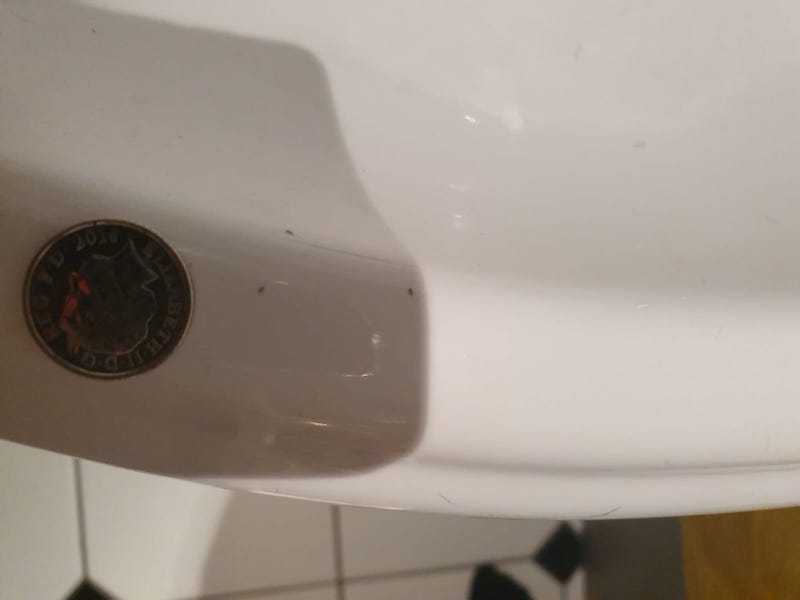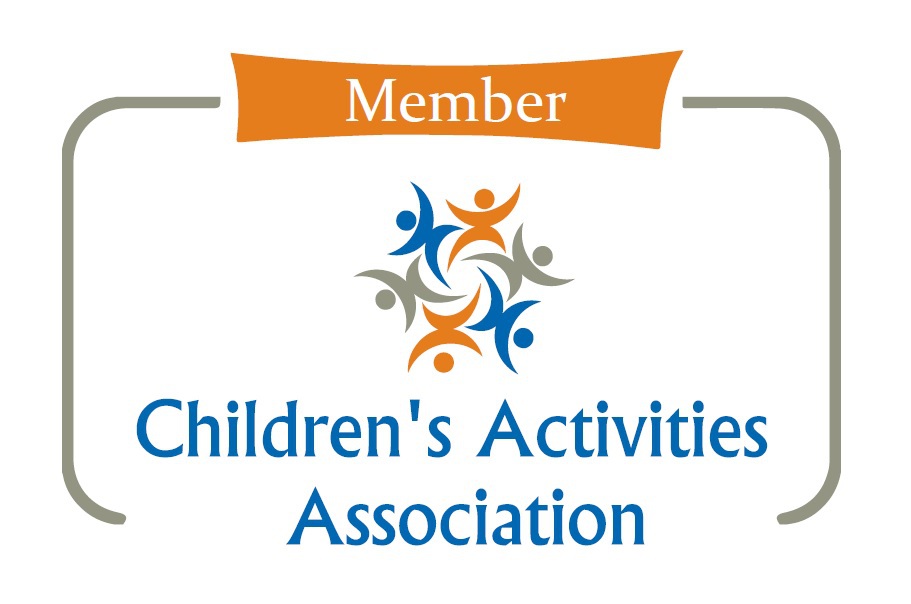The entire time my daughter was at nursery and primary school I dreaded the "case of head lice in your class" email or text message. But as time went on, I started to think we had some special super-power that made us "immune" to them. Her best friend would get them and we still avoided it - I wondered if we should have genetic testing - our family had the cure!! In the end we made it to year 4 before they caught up with us, and I'll be honest, it massively freaked me out! The thought of live bugs in my daughter's beautiful hair, in my hair... I couldn't cope! Coupled with my previous work in a nursery where I'd seen a crazy resistant breed do the rounds over and over again, I didn't hold out much hope of getting rid of them easily.
Fast forward to now and if there's one thing the new term likes to bestow upon us parents, it's another dose of head lice. Cue a blog to tell you (from my own experience!) exactly how to get rid of the horrible critters!
The day I dreaded...
I was dreading my daughter getting head lice (also known as nits, although technically these are the eggs) – they’d gone round her class over and over again, and every time I had diligently checked with our nit comb but never found any evidence. Other parents were saying they just couldn’t get rid of them and they kept coming back – I started to wonder if Hawthorn class had developed their own special breed of super-nit! I was terrified of my daughter getting them as they seemed indestructible, and selfishly worrying about all the horribly harsh products I’d have to use on my own already frizz-prone, brittle hair if she did! It got to the stage where they were a permanent fixture in our class (they nearly got their own coat peg) and I would consciously “tuck” my own hair out of reach every time my daughter came to me for a cuddle 😢😢 But then we acquired some new “pets”. My daughter had no itching and again, on wet combing I couldn’t see anything in her hair, BUT... because I was dunking the comb in a basin of water to clean it, I eventually noticed tiny brown specks were floating on the surface...

They are honestly microscopic and with my daughter's hair being exactly the same colour (“nit brown”, nice!), if I hadn’t been dunking the comb in water I would certainly have missed them. It was only when I zoomed in and saw the "shaft" where they had attached themselves to the hair strand that I realised we had a problem!
So, what do you need to know for when they hit your household?
How do you get head lice?
There are lots of myths about this, but the reality is they can only spread by direct head to head contact. They climb from one person's hair to another's.
Head lice:
- can't fly, jump or swim
- are very unlikely to be spread by objects such as hats, combs and pillows
- don't have a preference for dirty, clean, short or long hair
- only affect people and can't be caught from animals
Once detached from the hair, head lice usually die within 12-24 hours, so there’s no need to hot wash everything your child has ever touched - isolate any bedding, hats etc. for 24 hours - if it makes you feel better!
How do you know if your child has them?
In the later stages, head lice can make your head feel itchy and like something is moving in your hair.
BUT it’s best to catch them before this happens!!
I can tell you from experience that spotting head lice and their eggs in dark hair is almost impossible, especially if you’re trying to catch it in the early stages of infestation. However, I would urge you to catch them early as they multiply rapidly and can take longer to get rid of if you leave it. You really need to use a detection comb. These are special fine-toothed metal or plastic combs that you can buy from a pharmacy, supermarket or online. I personally used the Nitty Gritty comb which did the job really well, removing the eggs (nits) as well as the live head lice.
If it gets to the stage where lots of lice have hatched, they are much easier (and ickier) to spot – a live louse will look like the ones on the left to the naked eye, and like the one on the right if you take a photo and zoom in:

Eek, I’ve found evidence! How do I get rid of head lice?
I would personally recommend the wet combing method, and if you’re extra paranoid like me, a medicated treatment as well. Remember that whatever you choose, you must treat the entire household at the same time, otherwise the cycle will just start all over again!
Wet combing day 1:
- Get the bathroom nice and toasty warm as you are going to be in there a while, especially if you have a child with long hair!
- Brush your child’s hair throroughly, especially at the ends to get rid of any stubborn tangles pre-washing (nit combs snag on tangled hair very easily). This is better for your child’s hair as it is more fragile once wet.
- Next, wash your child’s hair with their normal shampoo in the bath.
- Squeeze excess water out and apply LOADS of conditioner, right the way through the hair. Use a normal comb to get rid of any further tangles.
- Next, grab some grips and start sectioning the hair (I went left to right, with two large toothed grips, one to keep hold of unchecked hair and one to keep separate the hair I’d already combed).
- Run a sink of water. Get your nit comb and starting on the scalp (actually scrape down the scalp a little), pull the comb right the way to the end of the first section of hair. I started wiping on paper but that quickly got messy due to the amount of conditioner my daughter's curly hair needed, so I dunked the comb in my sink of water after each comb through - this turned out to be brilliant for spotting the eggs.
- Repeat, until you have gone through the entire head of hair.
WARNING: this is no quick task – it took 30 minutes to go through my daughter’s just past shoulder length hair. You are looking at around 10 minutes, even for short hair. Don’t scrimp on this task – if you leave one egg, it will hatch! Put the effort in now and it will pay off later!
It is essential you repeat the wet combing process on days 5, 9, 13 and 17 – I won’t go into the biology of a head louse but these are the critical days for catching them during their reproductive cycle! I found the only live louse in my daughter’s hair on day 5, and was still removing eggs by day 9 which shows it is critical to keep persisting. Put reminders in your diary for days 5,9,13 and 17 so you don’t forget. If you are still seeing evidence of lice or eggs on day 17, consult your pharmacist.
Lotions and potions
From the experience of parents in my class, these do not generally work on their own. If you use the wet combing process and follow all the rules and exact dates this is, in my experience, the best way of waving goodbye to the little critters. However, I did also use Hedrin dimeticone 4% lotion which you leave in overnight on all of my family’s hair, once on day 3 because it has to be applied to dry hair, and again on day 10, 7 days later.
Make sure you check the leaflet of any product you decide to use to see if it is suitable for your family, especially if you are pregnant or breastfeeding, or have a child under 2.
Please, please say they’ve gone?!
After the whole saga of combing and feeling itchy for weeks you will be desperate to know if the head lice have gone – this is why your wet combing on day 17 is so important – follow the exact same procedure as above and if nothing is floating in your basin of water except conditioner (and this applies to everyone in the household) then you are done - congratulations!!
So rest, relax and feel smug in the knowledge that you’ve beaten the bugs – at least until the next email from school!
Charlotte @ Mini First Aid xxx
Sources: NHS UK, NHS Inform Scotland
Our Choking Prevention Bundle
Help prevent choking at home with this brilliant safety bundle! We’ve put together some of our favourite tools to help keep little ones safe at mealtimes.
This choking prevention bundle includes:
- A grape cutter - quickly quarter grapes into safe size - also great for cherry tomatoes and blueberries!
- A choke tester - a simple way to check if everyday objects pose a choking risk. If it fits in the tester, it’s a no-go
- Sit, Chop, Chew book - a fun, family-friendly read that teaches children how to eat safely
- A choking first aid fridge magnet - easy-to-follow steps to help you act fast in an emergency.
Peace of mind for parents, safety for little ones.








